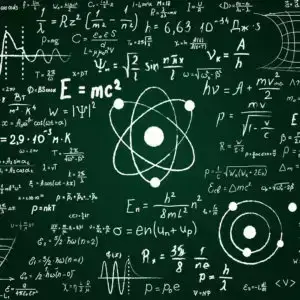Astrophysicist Prof Tomonori Totani says research could be crucial breakthrough in search for elusive substance
Nearly a century ago, scientists proposed that a mysterious invisible substance they named dark matter clumped around galaxies and formed a cosmic web across the universe.
What dark matter is made from, and whether it is even real, are still open questions, but according to a study, the first direct evidence of the substance may finally have been glimpsed.
More work is needed to rule out less exotic explanations, but if true, the discovery would go down as a turning point in the decades-long search for the elusive substance that is said to make up 27% of the cosmos.
“This could be a crucial breakthrough in unraveling the nature of dark matter,” said Prof Tomonori Totani, an astrophysicist at the University of Tokyo, who said gamma rays emanating from the centre of the Milky Way appeared to bear the signature of the substance.
Details are published in the Journal of Cosmology and Astroparticle Physics.



Thank you for that concise explanation. Any idea why they think these gamma detections are not from regular matter/anti-matter annihilation?
It would be a mix of relative rates and the exact energy.
If you pick an area of “empty” space where you expect very little dark matter, you will get a baseline reading. When you aim at an area expected to be dense in dark matter, you will expect to get a higher reading. E.g. 10 counts a day, Vs 100 per day. This is basically how radiation detection works on earth, so the maths is well studied.
The other thing is energy levels. 2 electrons hitting have a distinct energy. It will vary upwards slightly, due to kinetic energy, but not that much. We also know the annihilation energy of other forms of matter, from earth experiments. A reading distinct from anything normal would be a good signature of an unknown type of matter annihilating.
There are also extra complications from things like red shift, but those can be measured in other ways, and corrected for.
The order of theory and discovery also helps. “Finding X that happens to support Y” is a lot weaker than “Predicting X from theory Y, then going and finding it”. If you run 1 million experiments, a 1 in a million result is quite likely by pure fluke. A 1 in a million result from a single, focused experiment is a lot more powerful.